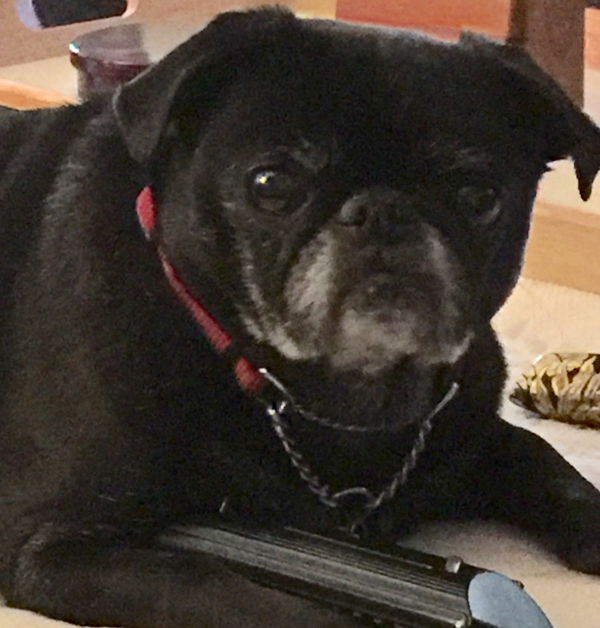|
Moderated by NW Okie! |
Volume 18 , Issue 302016Weekly eZine: (366 subscribers)Subscribe | Unsubscribe Using Desktop... |
Walking With Sweet Silly Sadie

Did you know that the red man in the early pioneer days was in some degree a teacher to the white, emigrant from Europe? The Indians taught the white emigrant many things, especially ways of preparing corn as food, and the Indian imparted these methods to the newcomer emigrant.
The Indian taught the pioneer how to make deerskin sieves, how to utilize cornhusks, how to recognize medicinal herbs, and how to clear farm land by deadening the trees. All in all, the experience of the native entered very materially into the mode of life of the white emigrant frontiersman. The costume of the latter was an approach to that of the native, and sometimes his cabin was no more inviting than the Indian hut.
The red man had great skill in finding his way through an unbroken forest, yet during their centuries of occupancy the tribes had established a network of footpaths with the help of their stone tomahawks. In Pendleton the paths usually followed the rivers, travel thus being easier and game more plentiful. And as the rivers of this region rain parallel with the mountain ridges, with only a slight divide parting the waters of two diverging streams, the succession of water courses in one continuous valley constitutes a natural highway. But in crossing from one valley to another the Indian preferred following a ridge. It was easier than to descend a narrow, rocky gorge with its danger of ambuscade.
The Seneca trail was much the best known of the local Indian paths, and in early days it was used by the white settlers. It entered the county near its northwest angle, crossing from the valley of the Cheat on the crest of a long ridge and descending to the level of the Seneca a little above Onego. Thence its course to the South branch at Ruddle approximated that of the present highway. East of the North Fork only uncertain vestiges of the old trail remind, but along the ridge tot he west of Roaring creek it may easily be followed, and in places is deeply worn by the gullying action of rain.
Good Night! Good Luck! Remember, "Love conquers Hate!"
| View or Add Comments (0 Comments)
| Receive
updates ( subscribers) |
Unsubscribe
| © . Linda Mcgill Wagner - began © 1999 Contact Me | |
